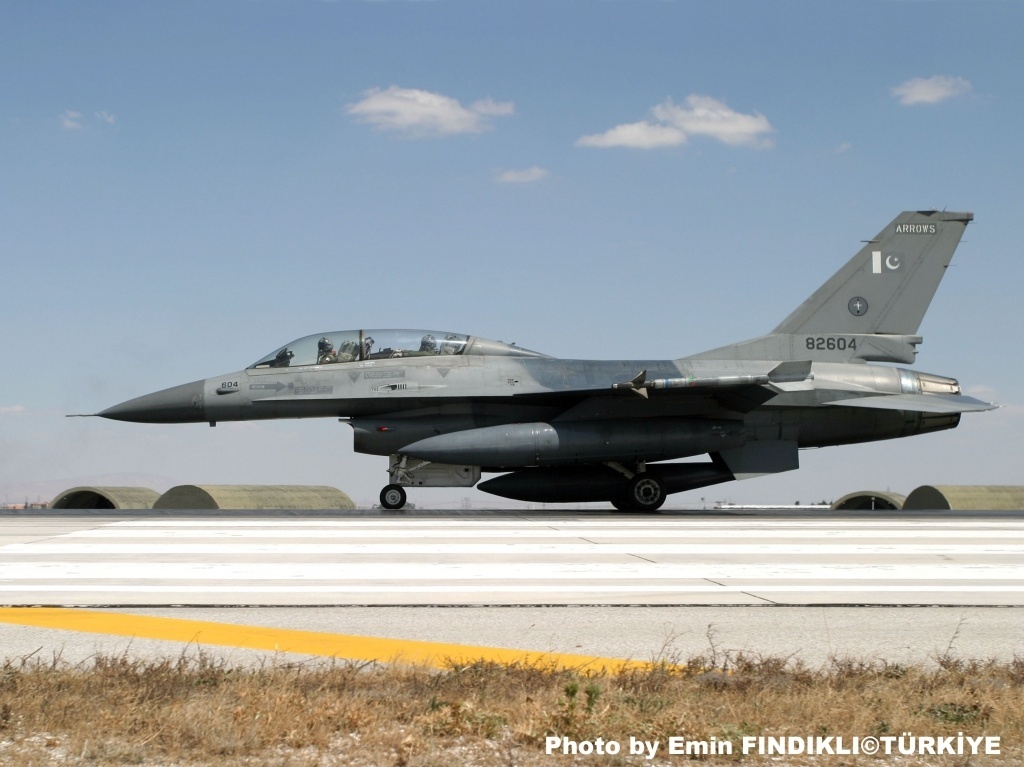Called the ‘Vajra’ (Thunderbolt) in IAF-service, the single-seat Mirage 2000H (serials from KF101 on) and two-seat Mirage 2000TH (serials from KT201 on), the bulk of the planes were acquired in the mid-1980s. According to sources on site, nine (8+1 trainer) have since been lost or severely damaged in accidents. Now over 20 years old, all Mirage 2000s airframes like the six present on Feb. 7th were explained to ACIG as already in their second inspection- and overhaul cycles. The two operating sqdns. at Gwalior would usually send the fighters to HAL every 12 years or 2000 flying-hours, but so far all IAF Mirage 2000s have undergone overhaul and modernisations only after the calendar, not because of reaching 2000 hours.
HAL’s shop-personnel was proudly pointing to the fact, that even in the second cycle, “pratically no fatique or cracks are discovered in the very robust blended delta-structure, not the same case in the Jaguar-fleet for example.” Despite with the standard Thompson RDM-radar the ‘Vajra’s does not offer multi-target capability for their SUPER 530D and Magic 550, “that does not take anything away from Mirage 2000 as its an excellent and beloved aircraft in India and by far the best purchase made by the IAF, even better than the Su-30 MKIs when you look at flexibility, performance and availability of the French aircraft, for example in the Kargil-conflict”, a technician expressed of course his personal views to ACIG.
ACIG learned that when the Kargil conflict broke out in 1999 after Pakistani infiltrations in Kashmir, the Mirage 2000 performed remarkably well during the whole hostilities in the high Himalayas, even though their air-interdiction capability was a brand new asset. Right before the conflict, 38 remaining 2000Hs had been upgraded at Bengaluru with local flare dispensers and with the integration of LGBs. Their capability to drop PGMs – as well as conventional unguided bombs – was hastly made operational and the two squadrons flew a total of 515 sorties. In 240 strike missions they reportedly dropped 55 tons (120,000 lb) of ordnance. According to the HAL-personnel, easy maintenance and a very high sortie rate made the ‘Vajra’ one of the most efficient IAF-assets in the conflict.




 upgrades which will give them enhanced capabilities and extended life. This assorted force of about 650-700 combat aircraft is supported by air-air refuelling (AAR) and airborne warning and control system (AWACS) squadrons.
upgrades which will give them enhanced capabilities and extended life. This assorted force of about 650-700 combat aircraft is supported by air-air refuelling (AAR) and airborne warning and control system (AWACS) squadrons.